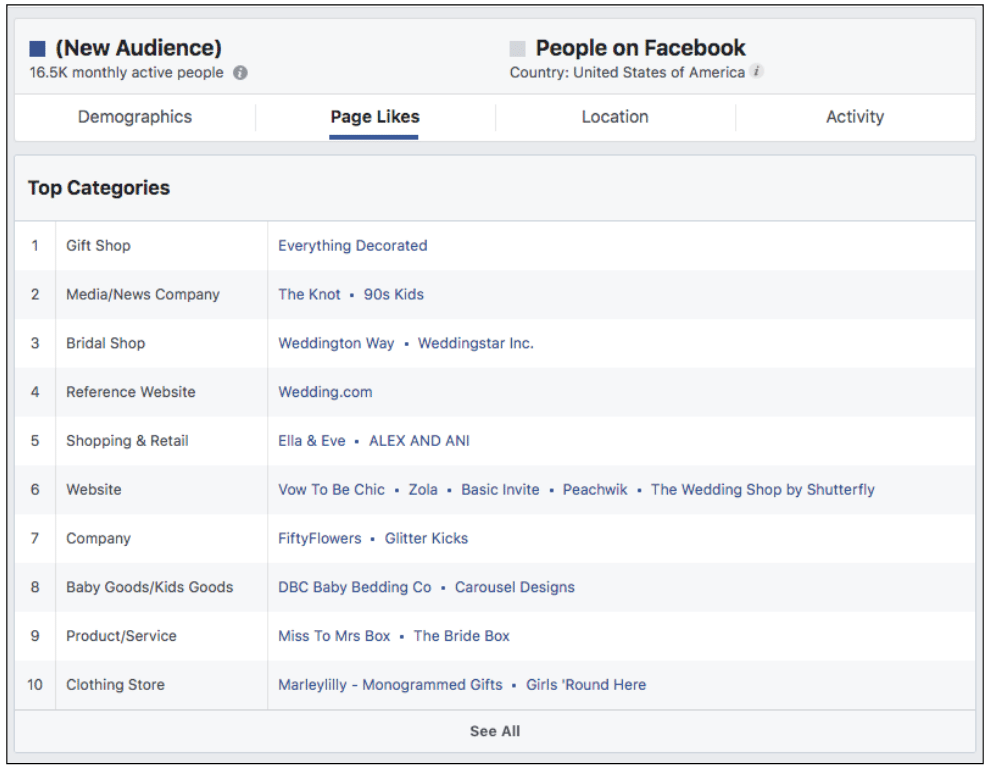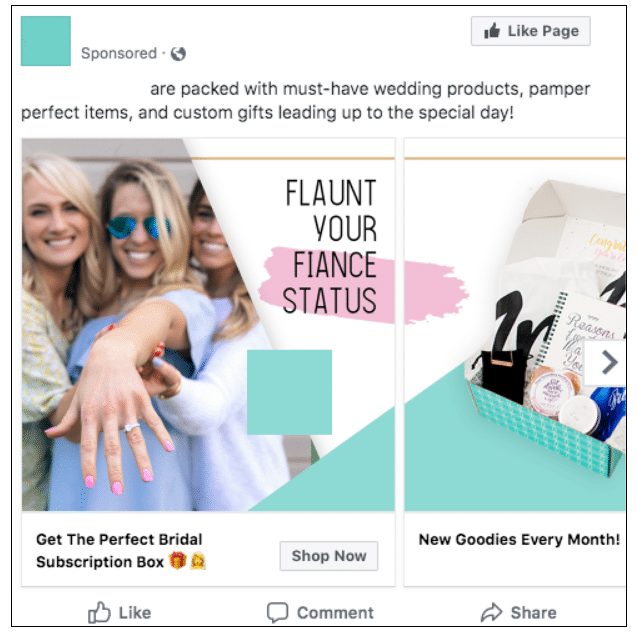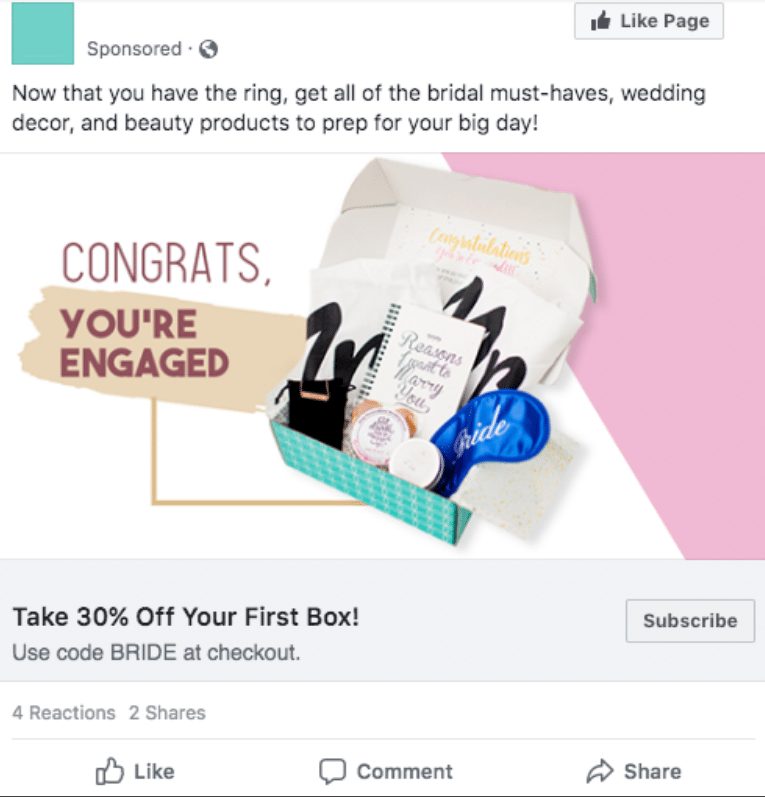How to Optimize your Paid Social Strategy for ECommerce

There are many ways to launch and incorporate Paid Social into your marketing strategy to drive conversions and sales for your ecommerce brand. The most important pieces in building a successful paid social strategy, is crafting the right audiences and segmenting your messaging based on where your customers fall in the different stages of the sales lifecycle.
By leveraging these key aspects, you’ll be able to truly deliver the best content/products to the right audience which will allow you to cross-sell/up-sell current customers, prospect new business, and retarget people with intent based on site visitors of your brand. If you’re able to pull each of these levers successfully, you’ll have a flawless ecommerce Paid Social Strategy.
When it comes to prospecting audiences, it’s important to lead and deliver value- really starting to warm them up to your brand. Marketing is like dating, you wouldn’t meet someone and ask them to marry them on the first date, right? Definitely not! You would scare the hell out of them and they would never want to talk to you again. The right way to do it? Get to know each other first, interact more, develop a relationship on trust, and then move forward together.
Related: Facebook Lookalike Audiences & Targeting: A Quick Guide
The more qualified your prospecting audiences are – the better results you’ll see.
How do you build out solid prospecting audiences? Leverage your audience insights to understand what your current fans like and create Lookalike Audiences based on your current customers and site traffic to target people with similar behaviors. Once you’ve dialed in your prospecting audiences, it’s time to find content that you think would resonate with them as a good introduction to the brand. It’s good to test different types of content and ad types when prospecting new customers.

Audience Insights to Pull Ideas for Interest-Based Targeting
One way of introducing your brand to prospects is with a blog post that provides valuable information about your brand and/or product. For example, if you’re a skincare brand promoting a lotion or hydrating product – lead with an article on how to keep your skin hydrated throughout the Summer. Easy right? From that casual introduction, you’re showing your value and starting to build trust with your audience. Outside blog posts, sharing tips and value driven content with imagery can also be the secret sauce to successfully prospecting new customers for your ecommerce brand. Offer them a solution to a common problem with non-sales messaging like, “Going back to the skincare example, messaging like “Looking for the solution to battling dry skin this Summer? Meet our (Product Name here).” This builds intrigue for the audience, which if you’ve targeted right will lead to a click to the site at which point they move into your retargeting pool. At that point, you’re able to SELL THEM.
*PRO TIP: Be sure your exclusions are clean across all traffic tiers or your messaging will get murky. (ie. If you’re prospecting, be sure to EXCLUDE current customers/site traffic etc.

Cold Traffic Prospecting Ad: Introducing the brand through a variety of images within the carousel ad format.
Warm Traffic is the bread and butter of ecommerce. It usually yields the highest results (most purchases and lowest CPA), as the people you’re targeting are already familiar or shown interest in your business. They know who you are – now they’re getting to know you better, which in turn will convert to sales. Retargeting is a great opportunity to not only serve ads to people who have been to your site or landing page, but to also capture those people who have added to cart, but haven’t purchased yet. Thousands of dollars of revenue is lost every year from businesses who don’t pull levers like targeting people who have added to cart. They are SO close to purchasing…but something is holding them back. Think about how you message to those people. They key here is messaging. Keep it lighthearted and direct with evergreen messaging like, “If you love it, buy it” or “Still thinking about it? All the more reason to buy it!” That way you’re segmenting your sales message to the right people.

Warm Traffic Ad: Messaging that resonates with people who have been to the site & are newly engaged.
Running ads to your current customer base (Hot Traffic) is a great way to re-engage people who haven’t purchased in a while OR cross-selling customers in the same/ similar product categories. This is one of the many reasons it’s important to segment your email list by purchases. It gives you that next level granularity when advertising to your customers. For instance, if you’re a fitness brand and you’re retargeting past purchasers of leggings, you’re able to send ads to them promoting a sports bra within the same collection with messaging like “Love your leggings, pair them with the Ultimate Sports bra.” etc.
PRO Tip: If you’re using a Facebook integrated shopping platform like Shopify or WooCommerce – you’re able to dynamically pull in your customer data and remarket to these people strategically. Don’t worry if you’re on another platform, thankfully – you can still manually upload CRMs to keep your targeting clean.
Related: 7 Key Tips for Increasing Your E-Commerce Email Marketing Revenue
When it comes to measuring the success of your commerce strategy, we always recommend reporting on the basics like audiences performance, Impressions, Landing Page Views, Purchases, Purchase Conversion Value, and amount spent. From there, you’re able to tell the story of success through supplementary metrics that make sense for your campaign. Did one product outperform another or was the average order value much greater for returning customers rather than new customers? Did you run a video? If so, let your client know what the video views looked like and what percentage of the video was watched. All of these pieces in analytics help you tell the story of how successful your campaign was and give you (as the marketer) the tools to shift/optimize your strategy.
All in all, successful ecommerce paid social campaigns compliment the efforts of other marketing channels (from email to organic social to PR etc). Paid Social Marketing allows you to reach more people within your target demographic. By appropriately optimizing all the different traffic tiers (cold, warm, hot) with the right messaging/ad creative – you’re able to build out a very holistic Paid Social Campaign that is hitting new and potential customers at all angles with the right message.
Our Editorial Standards
Reviewed for Accuracy
Every piece is fact-checked for precision.
Up-to-Date Research
We reflect the latest trends and insights.
Credible References
Backed by trusted industry sources.
Actionable & Insight-Driven
Strategic takeaways for real results.






